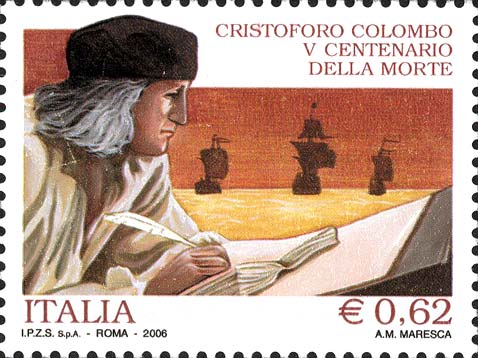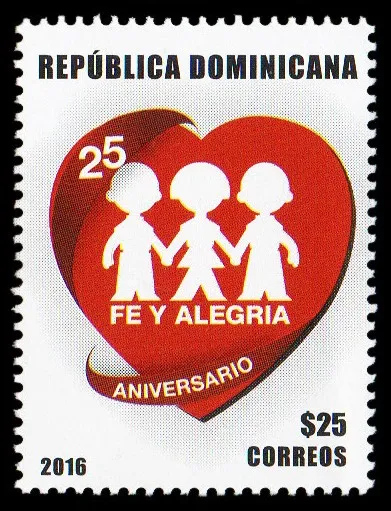
They are used for the payment of the special tax established for the shipment of postal packages. The first series of appropriate stamps was issued in Italy in 1884 to follow the decree that had already provided them in 1862. Three years later, for convenience of the public and of the service, special postcards were issued which reproduced the same stamps with the same subject. In 1914, a new type of parcel stamp was issued, which had the characteristic of being divided into two sections. The left one had to be on the bulletin and the right one on the receipt. After the proclamation of the Republic they continued to be issued, but replaced the Sabauda symbolism with a postal horn on the left and a star on the right. In 1954 it was issued the value by Lire 1 000 depicting a "cavallino" of the Kingdom of Sardinia known as: Cavallino wheel; this is the rarest stamp of the Italian Republic. In 1972 the last two stamps for postal packages were issued.
France issued its first parcel stamps in 1892 with three rates: 10 cents red for declared values, 25 c. brown and yellow for transport to the station and 25 cents green for shipment by express. Britain, for practical reasons, until the 1970s used the same values as stamp brands, distinguishing them with the word "Postage & revenue". The use of self-adhesive labels printed when entering the parcel itself in the transmission system (typically to the postal door) is also widespread in packs.
The United States read about the delivery service packages through the US Mail in 1912, and the service itself began in 1912 Some countries have never issued or have not issued specific stamps for postal packages for a long time, using them for ordinary postage.

